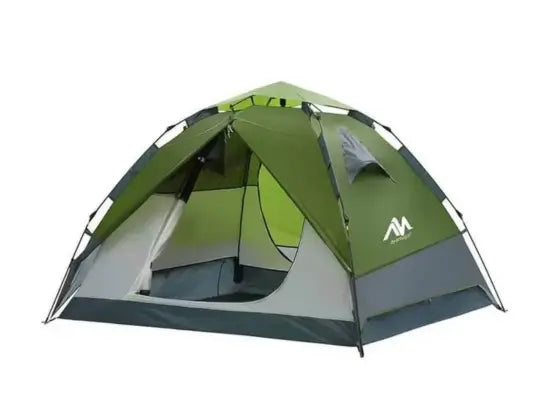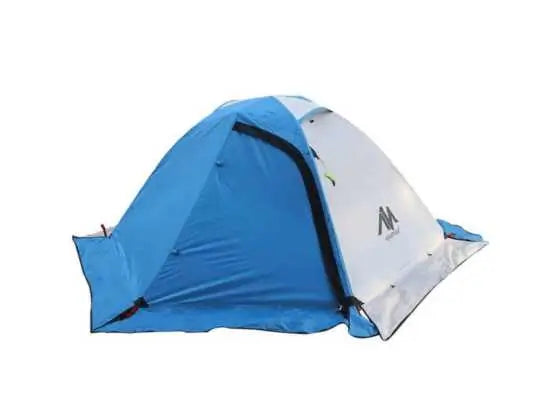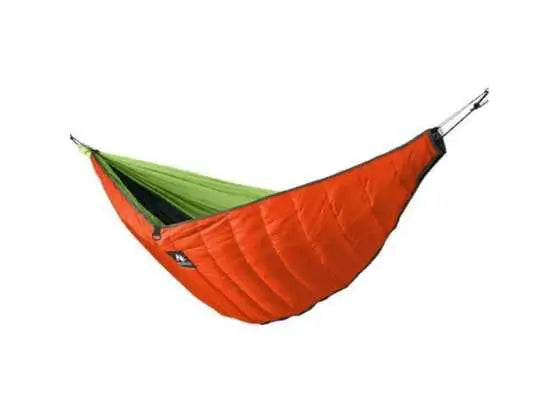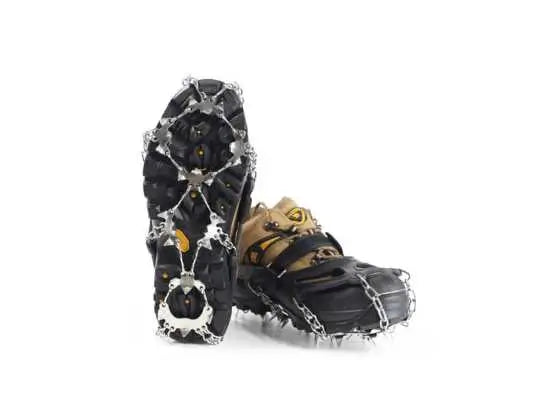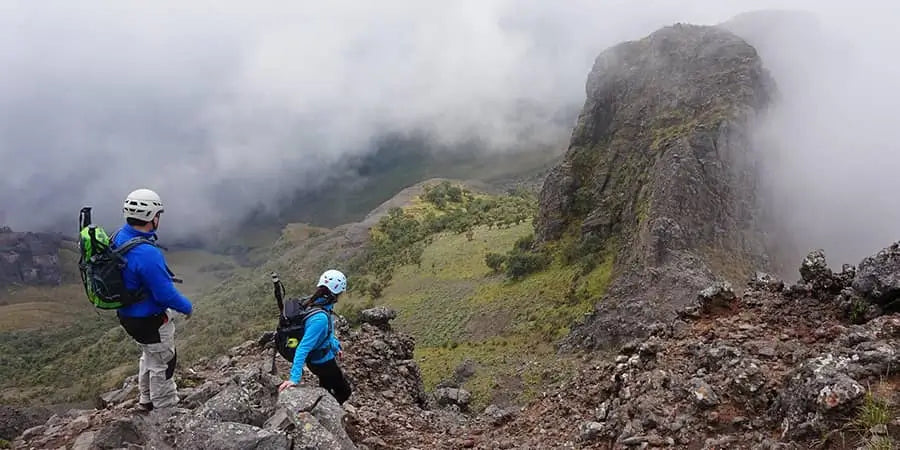Hiking is not about high-tech gear! It is the simple thing that you need to check to have the best experiences with hiking. You only need a few accessories, and you are ready for your trek.
The article gives you ten essential gears that you need to carry along as a beginner for a memorable hiking experience.
The ten essentials of hiking include the collections of:
- Items for navigation
- Sun protection items
- Illumination gear
- Insulation gear
- First aid kits
- Fire kits
- Repairs
- Hydration
- Nutrition
- Emergency shelter
These are the ten hiking essentials that you must never miss out on when setting off for a hike. You can read more about the specifications of the ten hiking essentials in the following article.
1. Choose the proper footwear
What you put on to protect your legs is one of the essential items that you must never overlook. It is a personal choice, but you should be sure that it will protect your legs. Hardcore hikers find over the ankle boots to be the best, while others find the lightweight trail running shoes to be the best. You also need to be aware of the terrain you will be trekking along because it will determine the choice of shoes you make. If you are hiking in a terrain full of obstacles, you may need to buy footwear that will withstand the rugged terrain friction.
2. Things to wear on hiking
Hiking will be entertaining when you have the proper clothing. It would be best to choose quick-drying clothes made of moisture-wicking fabrics like wool and polyester. Cotton clothes are not suitable for hiking because they take a long to dry out.
- Think about hiking layers, including nylon, polyester pants, sun hat, T-shirt, and sun shirts for clothing.
- You also need an excellent insulation plan, which weather conditions will significantly determine.
- If it is raining, you may need to consider some rainwear such as a waterproof jacket.
3. Hiking bag

A hiking bag is essential for carrying the ten hiking essentials already mentioned above. If you are doing short treks on the trails around your home, or even during the pleasant days, your hiking bag may not be necessary, but if you have to trek far from home, it will be necessary to have one. The more you venture into the wilderness, the more you need to carry the hiking gear.
4. Food and water are necessary during hikes
Are determining the amount of food that you will need when hiking may be a challenge. Your hiking hours are essential, though. Some will prefer eating before they set out for a hike. While this idea is good, it may be necessary to carry along some snacks in case you become hungry on the way.
Water is essential, and you need to know the amount of water that you take everyone hour while you are active. Many factors will determine the amount of water you need, such as the sweat rate, weather, age, and body types. Ensure that you have water and food in plenty, just in case you need to take more during your hike.
5. Do not forget to carry a source of light
Few people will plan a hike during the night because that is frightening. When planning for a hike, ensure that you have plenty of time so that you don't end up with emergencies. But because no one knows the events that may occur during the day, it will be wise to have a backup plan! Carry a source of light in case the nights will find you in the wilderness. You may also need a light source if you will be staying in dark places. A headlamp can do, Do not over-rely on your phone flashlight because the battery may die, and you will be in for a rude shock.
6. Basic first aid considerations

Your understanding of basic first aid is necessary before you set off for a hike. You need to possess the basic first aid that will help you and your group to stay healthy. You will also know the things t do in instances of accidents, injuries, and any minor occurrence.
Your first aid knowledge will help you use the tools in your first aid kit that you will carry along in your bag.
7. Other considerations when setting off for a hike
If you will need to use restrooms
Many rookie hikers are concerned about going to the bathroom in the woods. But don't worry; it's something that many people have mastered, and you can, too.
If you need to pee, pick a spot that's at least 200 feet (70 steps) away from water sources and well away from the trail. You can "shake dry" or bring a couple of wads of toilet paper and a tiny zip-top plastic bag if you're a woman. When you reach home, put the used toilet paper in the bag and dump it in your toilet. Another method is to use a bandana as a "pee rag" to dry out your pack by tying it to the outside.
Before setting out on a day hike, most day hikers take care of their other responsibilities. If you get the urge mid-hike, make sure you're off the track and 200 feet away from water. Then, to bury your waste, dig a hole about 4 inches broad and 6–8 inches deep (a camp trowel can help with the digging). Wipe with natural materials like huge leaves (make sure they're not harmful), smooth stones, or even snowballs if you're an experienced hiker, but you can also use toilet paper and bury it in the hole. In some regions, you'll be compelled to pack away your used toilet paper (and even if you're not, it's still a good idea to reduce your environmental impact). Some sensitive, high-elevation, or extensively traveled areas
After you've finished using the restroom, "wash" your hands with hand sanitizer.
Hiking when you're on your period:
If you're hiking while on your period, make sure you have menstrual supplies and the know-how to use them properly. If you're hiking alone, other backpacking women have given some helpful hints to help you feel more confident and prepared.
Summary
Hiking is the best practice for fun lovers, peace seekers, and adventurers. Getting started is easy, but it will be even better when you have the real insights into what you need when hiking. We hope that the article here is helpful. Feel free to share your comments and have a wonderful hiking time.

